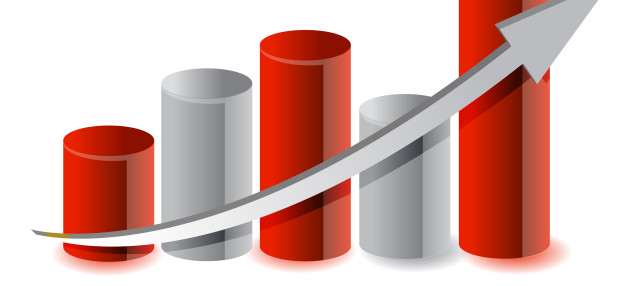
It’s fair to say there is a lot of speculation surrounding the timing of the Federal Reserve’s first interest rate hike.
We’re all watching for the Fed to tip its hand and reveal clues as to when it expects to tighten monetary policy. We know that it’s coming. The big question just remains when.
The latest consensus appears to be that a Fed rate hike will happen this fall, probably in September. The timing is a moving target of course, but it’s good to at least put a stake in the ground.
But what does this tell us really? To get out of the market by September? To plan on buying in November? To do nothing?
Those are the million dollar questions. And I don’t have all the answers. But I can tell you exactly what has happened in the past. And I can give my two cents on how to best prepare for the event.
The bottom line is that, while there are a lot of different variables to consider in each rate hike cycle, there is one common end result – stocks typically go down before they go up again.
When the last three rate hikes were announced (in 1994, 1999 and 2004) the average decline in large-cap stocks was 10%. That’s the average peak to trough decline.
Mid caps fared a bit worse, declining by an average of 12%, while small caps fell more, by an average of 13%.
If we break it out by year, this is how each of the asset classes performed. As you can see, large caps tend to be more resilient, while mid and small caps both get hit a little harder.

This data is interesting. But it doesn’t tell the whole story. Part of what’s missing is how long the peak to trough cycle was in each case. So let’s answer that.
The average is 109 days in each of the three cycles (it’s different for each asset class). The length of each cycle, in days, is in the chart below.

This tells us to expect a rough patch in the market that lasts roughly two to four months. But, that’s just the length – the actual date of the peak is also important to know. And this is where things get a little dicey, because the peak doesn’t always predate the first rate hike.
In 1994, both mid and small caps peaked after the hike, while large caps peaked before. In 1999, all asset classes peaked after the first rate hike was announced. And in 2004, all asset classes peaked before the hike. The bottom line: the timing of a potential market retreat isn’t all that easy.
The really important question – should we even care? – remains. So now that we have the data in front of us, let’s tackle that one.
I like to use charts to help tell a story, so let’s wrap up the final chapter with the following chart of the S&P 500 since 1990 (I omitted the mid- and small-cap indices, since they made the chart too hard to read).
I’ve circled the latest three initial rate hikes in blue. As you can see, each of the drops is noticeable, but in the bigger picture it’s nothing to lose sleep over. Much more significant are the bigger declines marked in red, including the dot-com bubble, the housing bubble and a few other significant market corrections.

All of this analysis suggests to me that speculating on the timing of a Fed rate hike, and the potential impact, is worthy of discussion. But it shouldn’t be a source of significant anxiety for investors. And it shouldn’t throw any of us off our long-term investing plans.
The most rational course of action is, as always, to get out of any stocks or investments that you don’t have the conviction to hold through a downturn. And keep a sizeable amount of cash on the side to put to work when the next pullback comes.
Whether that’s going to be initiated by a Fed rate hike or something else entirely different remains to be seen. But history suggests that rate hikes, while highly anticipated, are largely anticlimactic.
Cheap Oil Here to Stay – For Now
Crude hasn’t been this cheap since March 11, 2009. And it’s likely to stay low for a while. OPEC refuses to cut production. And US production is expected to increase – not decrease – an additional 600,000 more barrels a day. The Saudis have played this one wrong – and you could profit from their blunder.
Top analyst Tyler Laundon’s found what he considers the best way to play this new, cheap oil boom.




8 thoughts on “Will a Fed Rate Hike Hurt Stocks?”
Comments are closed.